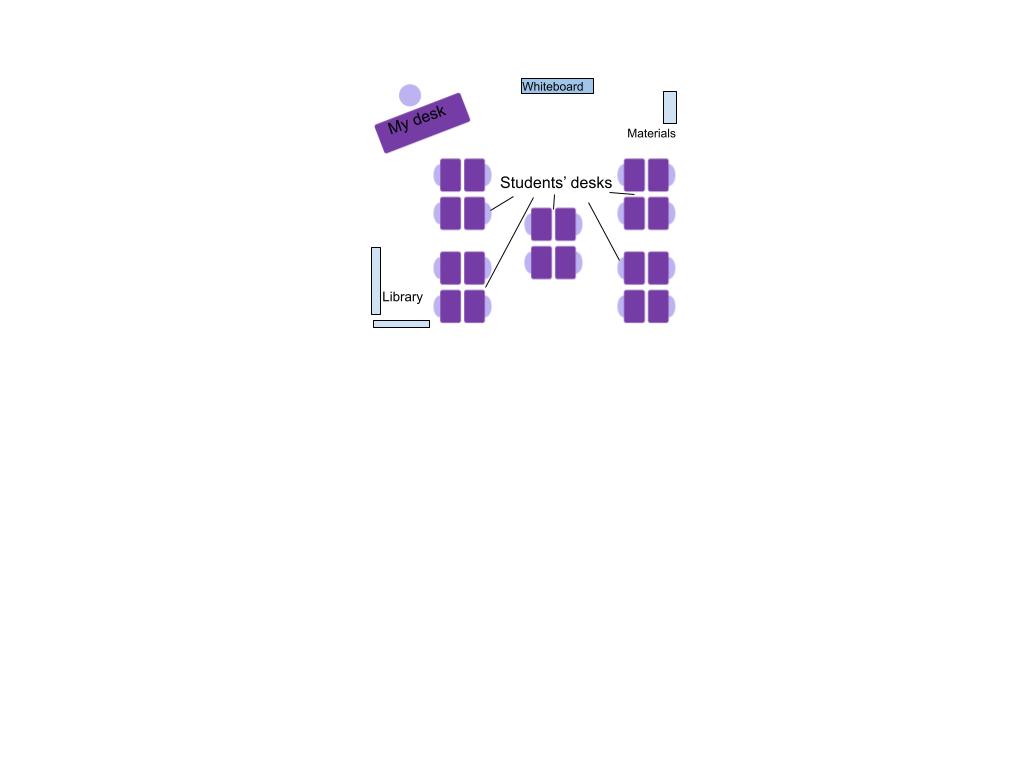My Classroom Management Stance
I believe in creating a student-centered classroom where I establish high expectations for my students and provide them with the resources they need to rise to those expectations. I believe that students will rise or sink to the expectations their educators set for them. According to Milner and colleagues, “having high expectations for all students has been shown to increase academic success, motivation, and engagement” (Milner et al., 2019. p. 107). By establishing high expectations from the first day, I can let my students know that I believe they can accomplish great things. Additionally, I believe that building and maintaining relationships are two of the most important things educators can do to connect with their students. Research has shown that students are more motivated to learn and remain engaged when they have a good relationship with their teacher (Milner et al., 2019). As an educator, I understand that each and every student has diverse and individualized needs. In my classroom, I will strive to create a safe space that values the needs, opinions, and interests of my students.
My classroom will be organized based on a student-centered model. Students will sit in desk clumps of about 3 or 4, facing each other. Figure 1 shows an example of the model I intend to use. In Figure 1, the 5 clumps of 4 desks represent my students’ desks. The desk in the top left represents my desk. I believe that this type of seating helps build community within the classroom while also encouraging students to work together and build teamwork skills. The physical organization of the classroom can help promote positive peer relationships, community, and student engagement (Milner et al., 2019). Furthermore, seating students in clumps or small communities allows me to move around the classroom, utilizing proximity control while also moving to my students as they need me. Above all, I believe that students’ needs and safety are most important. Within my classroom I will work to prioritize students’ needs while also creating a space that encourages growth, engagement, and community building.
References
Milner, H. R., Cunningham, H. B., Delale-O’Connor, L., & Kestenberg, E. G. (2019). “These kids are out of control”: Why we must reimagine “Classroom management” for equity. Corwin, a SAGE Company.
The art of the seating chart: Perfecting classroom seating arrangements. Perfecting Classroom Seating Arrangements | Lucidchart Blog. (2019, October 1). Retrieved December 4, 2022, from https://www.lucidchart.com/blog/perfecting-classroom-seating-arrangements
Figure 1
Classroom Layout

